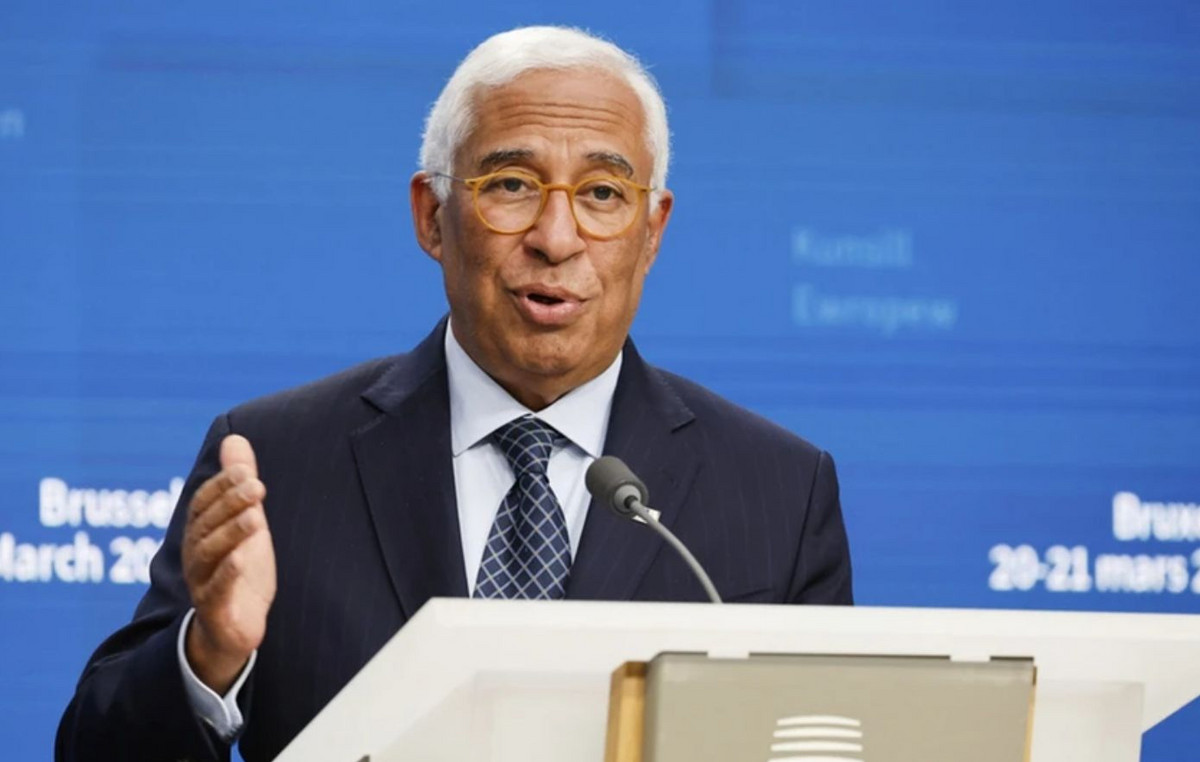- The US Dollar strengthened following the FOMC decision with market participants focusing on Friday’s Non-Farm Payrolls data.
- Despite signs of disinflation, the US economic outlook remains strong, leading the Fed to maintain a data-dependent stance.
- Chairman Jerome Powell said the bank will cut rates if the data continues to show progress.
On Thursday, the US dollar, measured by the DXY index, saw a rebound following the Federal Reserve (Fed) session on Wednesday. Despite the increased odds of a cut in September, the strong state of the US economy led to calls for more data from Chairman Jerome Powell before proceeding with the cut, which slightly reduced the odds of a cut in September, although they still remain high.
The first signs of disinflation are starting to appear in the US economic outlook, further strengthening market expectations for a rate cut in September. Nevertheless, the overall economy continues to show robustness, supported mainly by economic activity indicators.
Daily Market Movers Roundup: US Dollar Rebounds as Markets Evaluate New Data
- On Thursday, data showed that the US manufacturing sector showed continued contraction at an increasing pace in July, as indicated by the ISM manufacturing PMI, which fell to 46.8 from 48.5 in June.
- This was below market expectations of 48.8. Moreover, the PMI Employment Index saw a sharp drop to 43.4 from 49.3 in June.
- The New Orders Index also fell to 47.4 from 49.3. However, the Prices Paid Index, which measures inflation, saw a slight increase to 52.9 from 52.1 in June.
- Additionally, US citizens filing for unemployment benefits saw an increase of 249,000 in the week ending July 27, according to the US Department of Labor (DoL) on Thursday. These readings exceeded the initial market consensus of 236,000 and were higher than last week’s increase of 235,000.
- Key Nonfarm Payrolls data will be released on Friday, which will ultimately determine the market’s stance regarding the Fed’s decision in September.
DXY Technical Outlook: DXY outlook depends on Friday’s NFP as there is no clear dominant side
Following the Fed decision, the index moved back above the 20-day SMA and it seems that buyers will strive to hold this level for the rest of the session. The DXY continues to have support at 104.15 and 104.00, while resistance levels are found at 104.50 and 105.00.
Meanwhile, indicators are pointing north with the RSI and MACD showing increasing momentum for buyers but still in a negative zone.
The U.S. dollar
The United States Dollar (USD) is the official currency of the United States of America, and the de facto currency of a significant number of other countries where it is in circulation alongside local banknotes. As of 2022, it is the most traded currency in the world, accounting for over 88% of all global foreign exchange transactions, equivalent to an average of $6.6 trillion in daily transactions. Following World War II, the USD took over from the British Pound as the world’s reserve currency.
The single most important factor influencing the value of the US dollar is monetary policy, which is determined by the Federal Reserve (Fed). The Fed has two mandates: to achieve price stability (control inflation) and to promote full employment. Its main tool for achieving these two goals is to adjust interest rates. When prices rise too quickly and inflation exceeds the Fed’s 2% target, the Fed raises rates, which helps the dollar. When inflation falls below 2% or the unemployment rate is too high, the Fed can lower interest rates, which weighs on the dollar.
In extreme situations, the Federal Reserve can also print more dollars and enact quantitative easing (QE). QE is the process by which the Fed substantially increases the flow of credit in a jammed financial system. It is an unconventional policy measure used when credit has dried up because banks are not lending to each other (for fear of counterparty default). It is a last resort when simply lowering interest rates is unlikely to achieve the necessary result. It was the Fed’s weapon of choice to combat the credit crunch that occurred during the Great Financial Crisis of 2008. It involves the Fed printing more dollars and using them to buy US government bonds, primarily from financial institutions. QE typically leads to a weakening of the US dollar.
Quantitative tightening (QT) is the reverse process whereby the Federal Reserve stops buying bonds from financial institutions and does not reinvest the principal of maturing securities in new purchases. It is generally positive for the US dollar.
Source: Fx Street
I am Joshua Winder, a senior-level journalist and editor at World Stock Market. I specialize in covering news related to the stock market and economic trends. With more than 8 years of experience in this field, I have become an expert in financial reporting.







